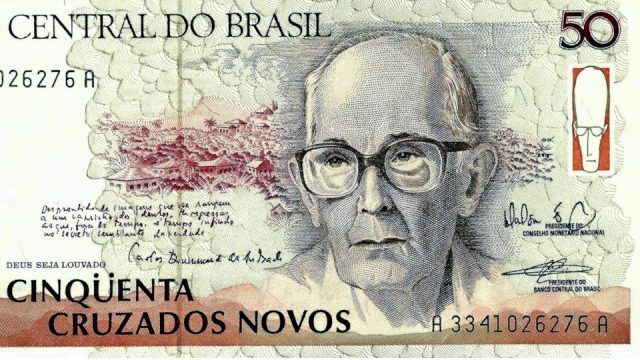all decimal number corresponds to a percentage and every percentage corresponds to a decimal number.
So, in many situations, we want to convert a decimal number to a percentage or vice versa.
In this post, we'll show you a practical method for converting between decimals and percentages.
But first, we need to understand the relationship that exists between decimal numbers, percentages and fractions.
That's right, the fractions, because this subject has everything to do with them!
Index
- Relation between fractions and decimal numbers
- Relationship between fractions and percentages
- Decimal numbers and percentages
- Practical method for converting decimals and percentages
Relation between fractions and decimal numbers
Like fractions, decimal numbers are used to represent non-integer quantities of a whole.
Any decimal number can be written as a fraction whose denominator is a power of 10, ie 10, 100, 1000, etc.
Example:
Relationship between fractions and percentages
Percentages are also used to express the share of a quantity in the whole. In this case, the whole corresponds to 100%.
Every percentage is a fraction of a denominator equal to 100.
Examples:
Decimal numbers and percentages
Every percentage is a fraction of denominator 100 and every decimal number can be written as a fraction of denominator 100.
So, in converting a percentage to a decimal number, we first convert it to a fraction and then we convert the fraction to a decimal number.
Percentage — fraction — decimal number
Examples:
- Free Online Inclusive Education Course
- Free Online Toy Library and Learning Course
- Free Online Preschool Math Games Course
- Free Online Pedagogical Cultural Workshops Course
Note: The numerator of a fraction is defined as an integer. Thus, in percentages that have a comma, we commit an abuse of notation.
We did this to show that to turn any percentage into a decimal number, just divide by 100.
In converting a decimal number to a percentage, we first convert the decimal number to a fraction of denominator 100, then we convert the fraction to percentage.
Decimal number — fraction — percentage
Examples:
Practical method for converting decimals and percentages
Percentage for decimal number: remove the percentage symbol and divide the number by 100.
Example: 35%
As 35/100 = 0.35 ⇒ 35% = 0.35
Decimal number for percentage: multiply the number by 100 and add the percent symbol.
Example: 0.24
As 0.24 × 100 = 24 ⇒ 0.24 = 24%
You may also be interested:
- Adding decimal numbers
- List of Decimal Number Exercises
- Percentage Exercises
- Probability Exercises
The password has been sent to your email.

